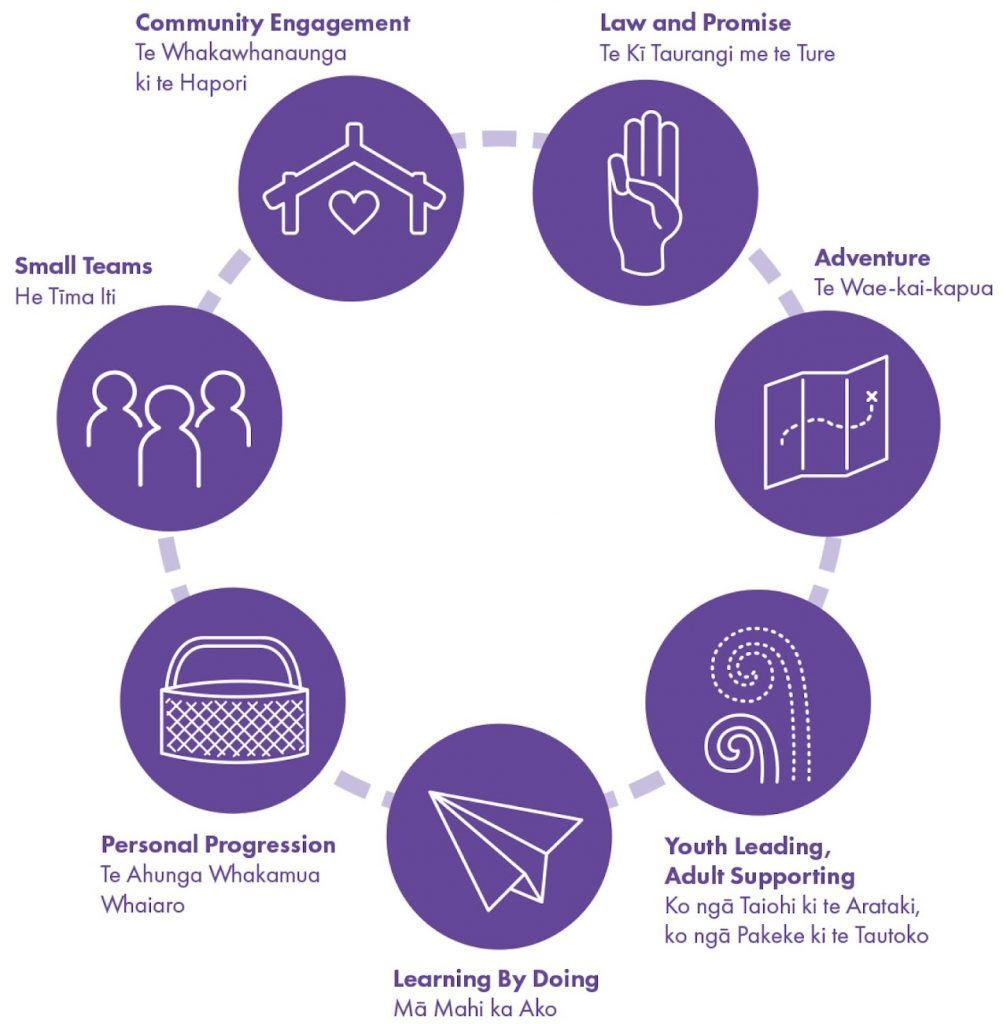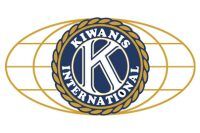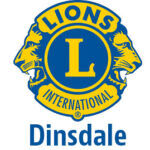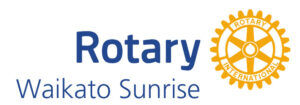The Scout Method
The Scout Method is how we go about achieving development in our young people at Kirkiriroa and St. Peter’s Scout Group. It gives youth members and Kaiārahi the framework for creating a programme that empowers rangatahi to take ownership of their own development. This approach to non-formal education is unique to Scouting across the world, and should feature in everything we do.
Law and Promise
The Law and Promise are the core values for the Scouting organisation. Individually, and collectively, everyone in Scouts Aotearoa expresses their membership and acceptance of its principles by following the Scout Law and Promise. These values guide how we deliver the programme and engage with others as we make our way through our Scouting journeys and lives.
As they move through the Sections, all youth members (and Kaiārahi) are encouraged to reflect on what the Law and Promise means for them, and how they demonstrate these values in their daily life.
Adventure
Adventure is about exploring new things, sharing new ideas, learning new skills, and creating new paths. Adventure-based learning gives young people unique opportunities to explore both themselves and the world around them, and is one of our most important tools in youth empowerment.
Adventure: A risk taking experience that challenges an individual beyond their comfort zone, in any (or all) of the SPICES.
Adventure is about more than just getting outdoors and testing your physical limits (although this is definitely part of it!), adventure is a state of mind. Anything that involves pushing your comfort zone, trying something new, or exploring the world around you can be an adventurous experience.
When considering adventure in your Scouting, there are some important things to remember:
Adventure is personal. Adventurous experiences will look different for different young people, and are likely to change over time. As rangatahi grow in their confidence and skills, so will the things that are adventurous for them. Providing rangatahi with the opportunity and choice to define their own adventure is vital in encouraging their development across the SPICES Areas of Personal Growth.
Adventure is a choice. Youth members should be empowered to decide whether or not they take part in any activity. Whilst we encourage every young person to try new things and to challenge themselves across the SPICES Areas of Personal Growth, it is also expected that we all respect each other’s right to choose not to take part in an adventure.
The opportunities for adventure are infinite, and in Scouting there is always the ability to create a new experience. If there’s something your youth members are excited about or interested in, help them to make it happen! Plan an overseas trip, challenge your Section to camp in an obscure place, or organise an exploration of somewhere new. There’s no limit to the adventurous experiences you can support young people to create for themselves and others.
Personal Progression
Personal progression is, at its core, the growth of our rangatahi. As they move through their Scouting journey, everyone will grow in their own unique way, and develop across the SPICES Areas of Personal Growth. Both words of this element are equally important in our understanding of personal progression:
Personal
Every young person develops in their own way, at their own pace, and with their own interests. Every young person in Scouting has a unique set of skills and abilities. Youth members start wherever they are at and, in the company of other rangatahi and Kaiārahi, challenge themselves to acquire new skills and knowledge. While rangatahi work together in the activities they undertake, they also choose individual projects based on their own skills and interests.
As Kaiārahi it is our role to empower youth members to make their own decisions about what they want to do and understand what personal progression looks like for them.
Progression
We all always have room for growth and improvement, and in Scouting we aim to give young people a variety of opportunities to develop as individuals. When we look at progression, we should be considering what a young person learned as opposed to what they did . Learning opportunities are everywhere, and as rangatahi move through the programme, they will continue to learn and grow in ways that are unique to them.
Goal Setting
As Kaiārahi in Scouting, we aim not only to challenge rangatahi, but to empower them to challenge themselves. Goal setting is one of the ways we do this.
Goal setting should take place at many different times in the programme, and will take different forms depending on the needs of the young people involved and the specific situation. Goals can be big or small, and should be realistic and manageable for the youth member to achieve.
Goals might be based around trying something new, completing a project, leading an activity, developing a skill, helping others, or anything else the young person can think of!
They could be anything from “I want to try rollerblading” to “I want to run a national event”.
The most important thing is that rangatahi are empowered and supported to set their own challenges.
You can support young people to set appropriate goals by encouraging them to explore their interests, think about what they want to achieve, and asking guiding questions to help them think about how they will achieve their goals and measure success.
Learning By Doing
Being a Scout is not theoretical – we love the practical application of any learning. This hands-on focus helps both our youth members and Kaiārahi build confidence and self-belief.
Activities, games, and challenges are an engaging and fun way to develop new skills.
Learning by Doing is grounded in the idea that people are often more capable than they believe themselves to be and, if they are given the chance to try something in a supportive atmosphere, can discover their individual excellence.
As Kaiārahi we can encourage Learning by Doing by giving young people the opportunity to make their own mistakes and learn from them. Asking open-ended questions and providing spaces for experiential learning will provide far more opportunity for growth and development than simply providing all the answers and doing everything for our rangatahi. It’s not about getting everything right on the first try, but rather the experience and development gained in the process.
For example, a Learning by Doing approach can help a young person learn what happens when you substitute flour for icing sugar in a recipe, however the same approach could have disastrous consequences when applied to learning what happens when you go tramping above the treeline in only a cotton t-shirt.
Small Teams
Scouting is not a solitary experience, but rather a journey taken with many other people. Youth members plan, do, and review many of their programme activities and adventures in a variety of small teams. In doing so, they not only get to experience the sense of unity teamwork can bring, but they can practice collaboration, negotiation, and leadership in a safe, age-appropriate environment.
Using small teams is important to how we build an inclusive and accepting environment. Through Kaiārahi support at the small team level, rangatahi get to know and make good connections with each other. Using the structure of the small teams of each Section, all rangatahi will start to feel like they belong as part of a Scouting family in a safe, accepting environment.
By working in small teams, especially when the make-up of those teams often changes, young people hone their self-responsibility, self-reliance, and self-confidence. There are many different types of small teams youth members are likely to work in while participating in Scouting.
Home Team
In most Sections, youth members will have a Home Team, who they will likely complete much of their week-to-week Scouting with. In the Kea Club the Home Team is known as a Posse, in the Cub Pack it is a Six, and in the Scout Troop it is a Patrol. There are usually several of these teams in a Section, each with a Team Leader, and often an Assistant Team Leader. Home Teams provide structure and familiarity to weekly Scouting activities, and give youth members th opportunity to form deeper working relationships with each other.
It’s important to remember that while these teams may often be one of the main structures of a weekly Section night, a variety of different small teams should be used, depending on the activities and skills required. This variation is also important for providing youth members the opportunity to learn from and work with a range of other people and expand their horizons.
Project Team
When a specific project with a set timeline presents itself, this is a team formed to undertake the planning, doing, and reviewing of the project. Once finished, the team typically disbands.
These teams might be used to plan a specific event or project such as a Zone camp, Better World project, or Group fundraiser, and often bring together those with the specific skills or interests needed for the project. They encourage a multidisciplinary view, in which team members complement the knowledge of others, bringing more creative and comprehensive results. Project teams sometimes involve members from different Sections, for instance when preparing a Group or Zone activity.
Community Engagement
Scouts is a community-based movement. This means that everything we do happens within the context of the different communities we are a part of. As Scouts, we actively explore our local, national, and international communities and consider the roles we play in them. As each youth member progresses through their Scouting journey, their understanding of what community means to them will evolve, as will the nature of their community engagement.
Community engagement is vital to the ‘positive difference’ aspect of our purpose as Scouts. Part of creating a better world is to think global, act local to create positive difference. Our commitment to creating a better world is more than giving ‘service’. Community Engagement is about being active and visible in all our different communities. It plays a key part of every youth member’s programme and personal progression.
Community engagement includes:
- Having a presence in our different communities
- Creating and sustaining community partnerships
- Empowering rangatahi to have a voice and interest in community issues
- Advocating for the interests and needs of young people
- Volunteering in our communities (both inside and outside of Scouting)
- Setting an example for responsible and active citizenship in our communities
- Learning about issues affecting our communities and how to engage in active citizenship
Youth Leading, Adults Supporting
Scouting is a Movement of young people, supported by adults; it is not a Movement for young people managed by adults only.
Youth have a desire for self-direction. It is important to actively engage rangatahi in all decision making across the Movement, especially in the development and review of their programmes.
The intergenerational partnership between youth and adults is central to how we ensure our young people have agency over their own growth. This will look different across different Sections, as youth members grow in their confidence and capability, but even our youngest youth members should have direction of their learning and development.
As Kaiārahi, it is important that we are encouraging youth members to take on leadership opportunities, and creating opportunities for young people to develop their skills in ways that work best for them.
Youth Leadership Team
One of the best structures to enable Youth Leading, Adults Supporting, is a Youth Leadership Team (YLT) made up of the Team Leaders of the Section’s Home Teams (Keas, Cubs, and Scouts), or elected youth members from the Section (Venturers and Rovers).
Youth Leadership Teams give rangatahi the opportunity to develop their leadership skills and take ownership of their Scouting journey. These leadership teams are a great practical application of Youth Leading, Adults Supporting, and they provide an important insight into the interests, wellbeing, and dynamics of the youth members in the Section. Kaiārahi should support their Section’s YLT as mentors, providing help when asked, words of wisdom, listening to their wants and needs, and asking open-ended or prompted questions when it appears the young people need some guidance.
Youth Leadership Teams are one of many ways for youth members to experience leadership in a controlled and safe environment while building on skills that will help them later in life.
These teams should be given the responsibility to make their own decisions, with Kaiārahi only stepping in where absolutely necessary. If this is done, it is a good opportunity to review the decisions leading up to the Kaiārahi stepping in, and discuss these with the YLT.
The responsibilities of the YLT will vary between Sections, but in general, they include:
- Working with youth and adult members
- Ensuring the programme runs smoothly
- Supporting less experienced members of the Section
- Signing off achievement pathways work
- Leading the Section













